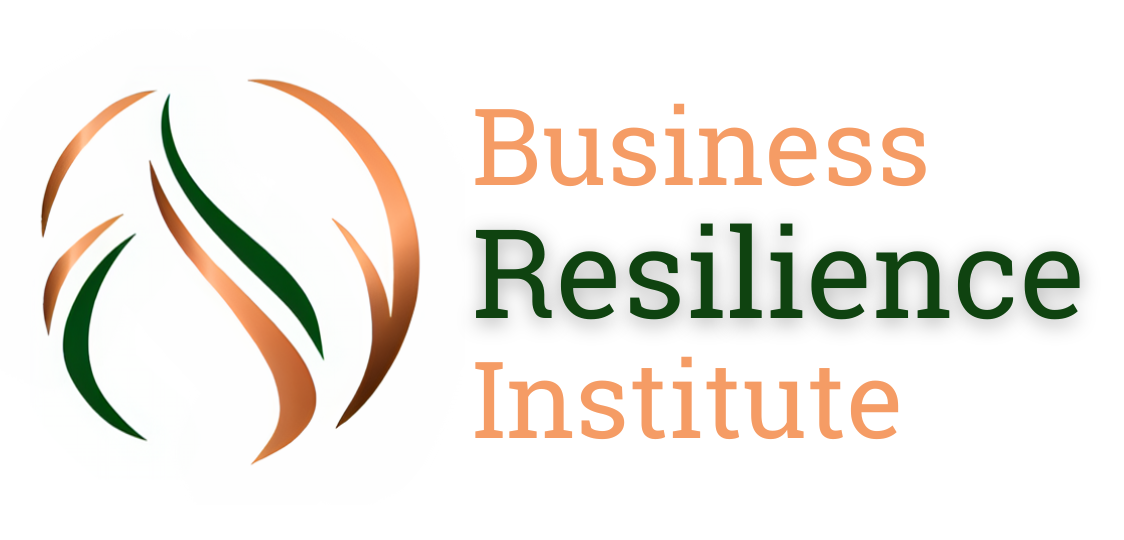In a world where change is the only constant, businesses must embrace resilience not just as a strategy but as a core aspect of their operational DNA. This blog post delves into the sophisticated process of conducting crisis simulations for products, guided by the BRIeF framework. We focus on using the Lean Canvas for scenario generation and outline steps to analyze impacts across the four dimensions of business resilience—financial, operational, market, and human capital. Additionally, we explore how design thinking can unearth product improvement opportunities, leading to both preventive and improvement actions that enrich the Business Resilience Repository (BRR) and the product backlog.
Step 1: Preparing for Crisis Simulations
Integration with the Lean Canvas: Start by mapping out your product’s current state using the Lean Canvas. This step emphasizes understanding your product’s unique value proposition, customer segments, channels, revenue streams, and key resources. The Lean Canvas sets the stage for identifying vulnerabilities and areas for resilience enhancement.
Analyzing Impacts Across Four Dimensions:
- Financial Resilience: Consider how a crisis could impact your revenue streams, cost structure, and overall financial health. Identify scenarios that could disrupt cash flow, such as loss of key customers or increased operational costs.
- Operational Resilience: Explore potential disruptions in your supply chain, production, or delivery processes. Scenarios might include supplier failures, logistics challenges, or internal process breakdowns.
- Market Resilience: Assess how shifts in market demand, competition, or regulatory changes could affect your product’s market position and customer relationships.
- Human Capital Resilience: Reflect on the potential impacts on your team’s productivity, morale, and capability to innovate under crisis conditions. Consider scenarios like key talent loss or shifts in work culture.
Step 2: Running Crisis Simulations
Scenario Generation: Utilize the Lean Canvas to create targeted crisis scenarios, imagining disruptions that could impact any aspect of the canvas. These scenarios should challenge your team to think critically and creatively about potential vulnerabilities.
Executing Simulations: Engage cross-functional teams in the simulations to ensure a diverse range of perspectives. Each scenario should be played out to understand its implications fully, with teams brainstorming responses and solutions in real-time.
Step 3: Analyzing Impacts and Identifying Opportunities
Impact Analysis: Post-simulation, conduct a thorough analysis of the impacts across the four dimensions of business resilience. This process helps in understanding the depth and breadth of potential crises on your product and business.
Design Thinking for Product Improvement: Employ design thinking principles to process the insights gained from the crisis simulations. This approach encourages empathy with users, ideation, prototyping, and testing to uncover innovative solutions and improvements for your product.
Step 4: Integrating Learnings into the BRR and Product Backlog
Preventive and Improvement Actions: Based on the analysis, identify preventive measures that can be taken to mitigate future risks. These should be documented in the Business Resilience Repository (BRR) for easy access and update.
Product Backlog Enhancements: Translate the opportunities for product improvement into actionable items in your product backlog. Prioritize these based on the potential impact on resilience, customer value, and business growth.
Iterative Improvement: The process of running crisis simulations, analyzing impacts, and integrating learnings should be iterative. Regularly scheduled simulations ensure that your resilience strategies evolve in line with changing market dynamics and internal capabilities.
Moving Forward: Embedding Resilience into Strategy and Innovation
Crisis simulations are a powerful tool for enhancing product and business resilience. By employing the BRIeF framework and integrating the Lean Canvas, businesses can conduct comprehensive simulations that illuminate vulnerabilities and opportunities across all dimensions of resilience. The insights gained from these exercises, coupled with a design thinking approach, can significantly improve product offerings and prepare the business to navigate future crises with confidence. This proactive and iterative approach ensures that resilience becomes an embedded part of your business strategy and product development efforts.


